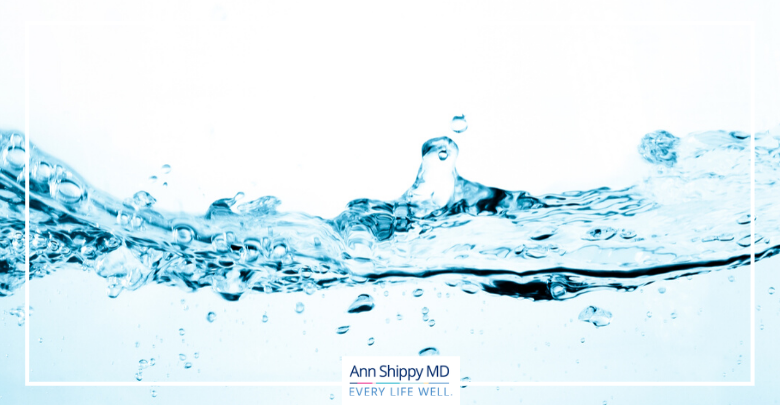In April of 2014, Flint officials began supplying the city with water from the Flint River. By May, residents noticed a smell and odd color in their tap water. One resident described the water as “weird” and “murky or foamy at times.”
A firestorm of testing ensued. Toxicology reports found E. coli, total coliform bacteria, the disinfectant trihalomethane and extremely high levels of lead in Flint’s tap water. What became known as The Flint Water Crisis spurred discussions on the toxicity flowing through America’s water supplies.
In August, the journal Environmental Science & Technology Letters published a study that found chemicals linked with cancer and other health problems in the drinking water supplied to some 6-million people throughout the US. Researchers from the Harvard T.H. Chan School of Public Health and the Harvard John A. Paulson School of Engineering and Applied Sciences (SEAS) found “widely used class of industrial chemicals linked with cancer and other health problems — polyfluoroalkyl and perfluoroalkylsubstances (PFASs).”
Lead author of the study, Xindi Hu said:
For many years, chemicals with unknown toxicities, such as PFASs, were allowed to be used and released to the environment, and we now have to face the severe consequences. In addition, the actual number of people exposed may be even higher than our study found, because government data for levels of these compounds in drinking water is lacking for almost a third of the U.S. population — about 100 million people.
The study found that PFASs were detectable above the minimum reporting levels required by the EPA in 194 out of 4,864 water supplies in 33 states across the United States.
In some states companies and organizations are fighting back water pollution. Forbes.com recently listed Des Moines as a clean water city. But the city’s water company, Des Moines Water Works, filed a suit last year against drainage districts. The Des Moines Register reports that the water company alleges the districts’ tilling systems, “dumped dangerous amounts of nitrate fertilizers into the Raccoon River, one of the utility’s main sources of water.”
Des Moines Water Works hopes to make up the $1.5 million it spent last year alone on removing nitrates from its water.
Iowa isn’t the only state facing water contamination. Salon reported that California’s aquifers that may be usable for drinking water are facing regulated contamination. The Center for Biological Diversity has filed a lawsuit against the State of California to force it to complete an environmental impact assessment of the aquifers. The article reports that, “California is one of at least 23 states where so-called aquifer exemptions — exceptions to federal environmental law that allow mining or oil and gas companies to dump waste directly into drinking water reserves — have been issued.” The EPA is supposed to regulate extensive scientific scrutiny to determine if an aquifer is contaminated or is used as a water supply.
Case after case after case keep popping up where contaminated water is at heart of the lawsuit.
Drinking water is one of the main routes through which people can be exposed to all sorts of chemicals. Cities, counties, organizations and residents must continue to protect viable water resources and hold government and industries accountable for clean water. As of July, criminal charges were filed against six city officials in Flint. Michigan Attorney General, Bill Schuette, also filed a lawsuit against two companies.
Where you live matters. For example, a Harvard study found that “the highest levels of PFASs were detected in watersheds near industrial sites, military bases, and wastewater treatment plants — all places where these chemicals may be used or found.” The Environmental Protection Agency lets you see a Consumer Confidence Report for water in your area here: https://ofmpub.epa.gov/apex/safewater/f?p=ccr_wyl:102
For now, be mindful of your water source. Contaminants in the water can wreak havoc on hormones, lead to cancers and other health conditions, kill delicate environments and leave us dry. If in doubt about what could be lurking from the tap, drink quality bottled water instead and filter your water at home.
SOURCES:
http://www.mlive.com/news/flint/index.ssf/2014/05/state_says_flint_river_water_m.html
http://www.forbes.com/2008/04/14/water-cities-drinking-forbeslife-cx_avd_0414health.html













